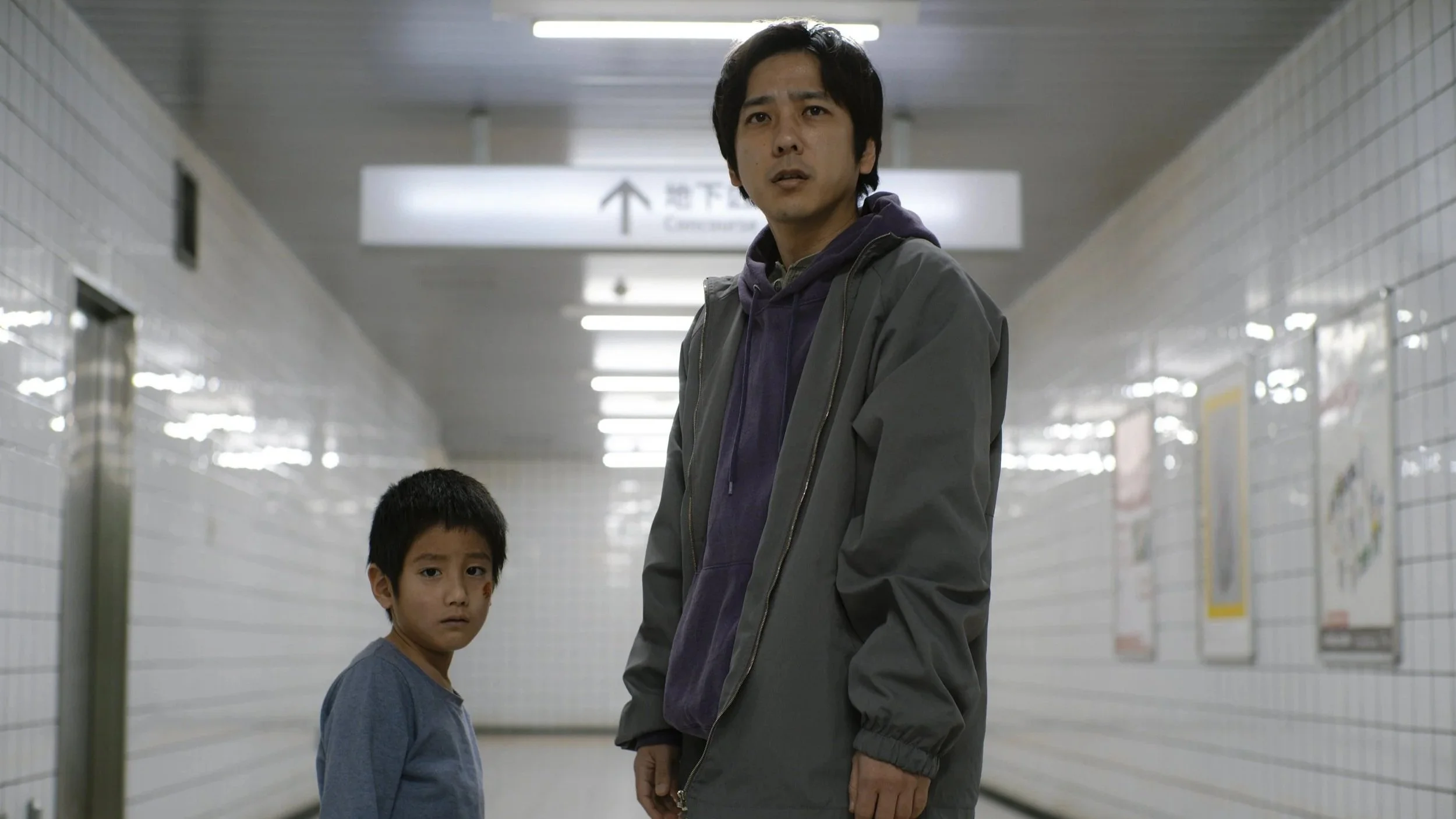Exit 8: TIFF’s Minimalist Video Game Horror Gets Stuck in the Loop
At TIFF, Exit 8 stood out as one of the stranger video game adaptations in recent memory. The film is based on Kotake Create’s 2023 global indie hit The Exit 8, a short walking simulator that traps the player in a looping Japanese subway corridor where the only way out is to notice subtle anomalies in an otherwise sterile environment. But can a plotless 20-minute game translate into a feature film?
Exit 8 is director Genki Kawamura’s (producer of your name. and Suzume) second feature following 2022’s A Hundred Flowers, an adaptation of his own novel by the same name. Where that film uses fragmentation to depict the inner world of a woman with dementia, Exit 8 uses spatial recognition to explore the breakdown of reality itself. The film takes place primarily in a labyrinth underground subway corridor in Tokyo, where flickering fluorescent lights and echoing footsteps follow the characters from hallway to hallway creating an unsettling rhythm.
Kazunari Ninomiya stars as “The Lost Man,” a nameless commuter lost in his phone long enough not to realize he’s now alone in a once bustling subway, trapped in an infinite loop of tunnels and stairwells. Much like a video game avatar, he barely speaks. Kawamura first saw Ninomiya in his near-silent role in Clint Eastwood’s Letters from Iwo Jima (2006). “In that film, he has almost no lines—just endlessly digging as a Japanese soldier. Yet there was something magnetic about him, something that kept the viewer’s eyes on him. I wanted to showcase that quality again, especially as it had been nearly 20 years since he last appeared in a globally distributed film,” writes Kawamura in the film’s press notes.
While the game itself has no plot, Kawamura’s version centers themes of fatherhood and responsibility, with The Lost Man at a crossroads on whether or not to become a father. The added narrative mostly works to add some urgency to the character’s need for escape. The director himself described the white tunnel as a kind of purgatory, a space that confronts both personal and society guilt. “It reminded me of the purgatory in Dante’s Divine Comedy—a mechanism that reveals the hidden sins and anxieties we all carry,” Kawamura also noted.
The anomalies, like a doorknob in the middle of the door or a human figure frozen in place, represent the small but persistent signs that something is off in the world, which we ignore to maintain our illusion of order. In that sense, Exit 8, feels less like a horror film about escaping a haunted corridor and more like a parable about waking up from our routines, looking up from our phones, and noticing what really matters.
The film’s visual design by production designer Ryo Sugimoto and sound work by Masahito Yano are integral to its effectiveness. And Kawamura’s use of perspective and long takes makes us complicit in the search for anomalies: you start scanning every corner of the frame for movement, waiting for something to go wrong.
As a fan of the game, I admired the film’s commitment to its source but I found myself wanting more horror. The atmosphere is thick with dread, but rarely does it escalate into the kind of visceral and more immersive terror of hearing the footsteps of a creepy smiling man following right behind you like in the game. Here, the fear is more existential than visceral. Kawamura seems less interested in jump scares than in what happens when routine itself becomes the monster.
Even so, Exit 8 is an admirable experiment: a video game adaptation that doesn’t just replicate its source but reimagines it as a metaphor for daily life, where the routines we take for granted may be leading us deeper into a purgatory of our own making. It captures the uncanny dread of getting lost in a space you should know by heart, and it leaves you wondering if you’d notice the exit when it finally appeared.
If you enjoyed this article, please consider becoming a patron of Hyperreal Film Journal for as low as $3 a month!



Jenni Kaye is the co-founder of Hyperreal Film Club and Content Producer at Mondo. In her free time she’s making TikToks, roller skating, and convincing more people to watch BREATHING FIRE.